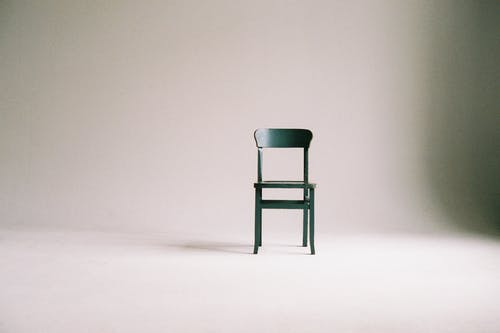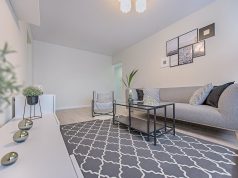Though it is not a legal requirement, it is generally expected to provide furnished HMO for tenants. Such types of start-up and running costs are the drawbacks for landlords dealing with HMO property. Primarily for HMO unit bedrooms, dining, lounge, and kitchen area are provided furnished, eventually increasing the cost of its maintenance.
Minimum Furniture Requirement
Ideally, there is no hard and fast rule when talking about minimum furniture requirements. The aim is to provide sufficient quantities and sizes of facilities according to the number of tenants living in the property.
Generally, the furniture provided by HMO landlords to facilitate tenants of their unit includes
- Bedrooms: Beds, mattresses, cupboard, drawers, and curtains
- Kitchen: Storing areas (fridge/freezer), oven, microwave, stovetop, or hobs
- Lounge: Table, chairs, sofa, TV, DVD player
How Much You Should Spend
It is very important to understand the market in which your business operates; what is provided by all and not offered by one can give the business a big jerk. Spending on furniture is just like the operating cost of an HMO business. The profits and gains acquired from the units are worthy of making investments in its furnishings.
It is an operating cost, and landlords usually need to make it in terms of damage repair, wear and tear, maintenance, and buying new ones. HMO property with too little furnishings can negatively impact, especially in terms of attracting good tenants. Providing too much is putting yourself in trouble as solely you as a landlord are responsible for its repair and replacement.
Being Cheap Generally Costs More
For HMO landlords, the key to successful furnishing cost is to look for a balance between budget and durability. Sometimes landlords make a wrong choice and go with relatively cheap furniture at the stake of durability. For the time being, it saves some money, but it costs more in terms of repair and replacement.
It is important to understand that, especially in HMO models, more tenants are living and sharing place and furnishings at a time. This brings the facilities at your property such as furnishings in good and frequent use. You cannot compromise over the durability of furniture at your unit.
If you are going to furnish your properties bedrooms and provide a mattress then sourcing good quality mattresses will make a positive impression on your tenants and will ensure they look after the mattress more so than if you sourced a budget mattress. A Sealy mattress is a great place to start and will give your tenants a luxurious and supportive sleep.
Who Is Responsible For Damage Of Furnishings?
The main concern for HMO landlords is to get to know that who is responsible for the damage of furnishings. There are few things that will help as guidelines
1. Damage In Communal Areas
For furnishing damage, specifically in communal areas, solely landlord is responsible for bearing the cost of repair as it is not used by one and is generally used by all tenants living at a time. However, there are few exceptions, and the landlord will not be responsible for the cost if
- Damage is to tenants own possessions
- Furnishings provided individually in tenants rooms
2. Wear And Tear
Wear and tear are natural and comes side by side with the usage of furnishings. Indeed, tenants are not responsible for bearing the cost of wear and tear. The landlord is solely responsible for bearing the cost of wear and tear of furnishing provided at the property. It is the responsibility of the HMO landlord to replace worn-out furnishings with new ones.
3. Ultimate Landlord’s Responsibility
Expenses are an ongoing part of the HMO business. Although the damage gets inflicted on tenants, it is still the landlord who covers the cost. Even in many cases, if no one stands up and confesses, the landlord has no option but to cover the expense and get things fixed. That is the dilemma, but there is nothing anyone can do about it.
Where Should You Get Furniture For Your HMO Unit?
There is no one place to approach and get the right furnishings for your property. Experience may help in finding some suitable local suppliers. If you are new in the business, you may seek help in reaching out for professional services for your HMO in terms of furnishings and other facilities.
It is totally dependent on what suits you more in terms of cost, durability, and accessibility. Building long terms relations can benefit in the long run, and it is an ongoing process, and you need to replace your furnishings at times.
Putting It All Together
It is likely to provide furnishings to tenants living on HMO property. The landlord must sensibly look to provide minimum furnishings suitable as per the space of his unit. Furnishings should be sufficient to facilitate tenants living at your property. Maintenance and repair are an ongoing business cost for HMO landlords. But help them to facilitate tenants with the best apartments.
















